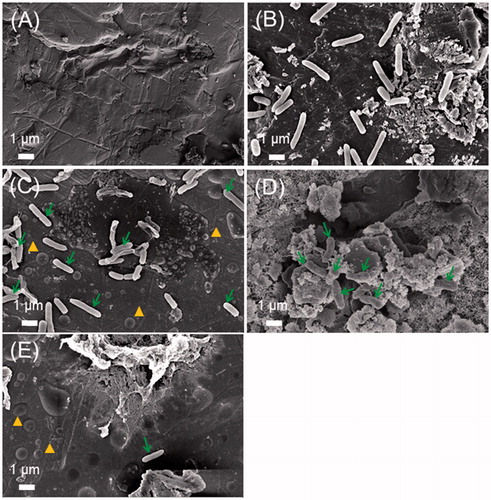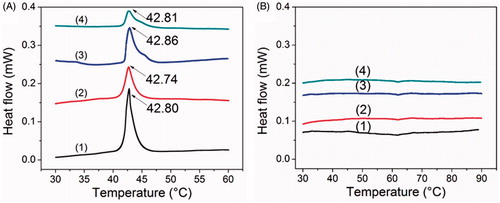Figures & data
Figure 1. Schematic of ciprofloxacin release from temperature sensitive liposomes (TSL) in the vicinity of an infected metal implant heated by exposure to alternating magnetic field (AMF).
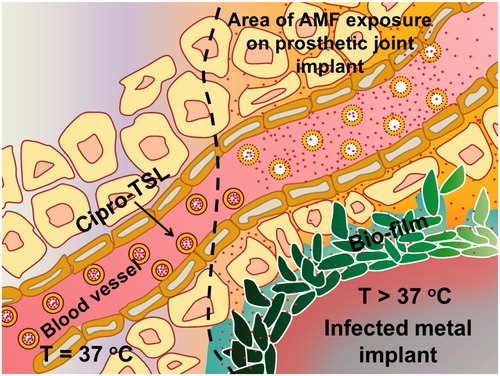
Figure 2. TEM images of (A) LTSL and (B) HTSL nanoparticles loaded with ciprofloxacin (arrow indicates liposomes) and size distribution curve of (C) LTSL and (D) HTSL measured with MQ water and (E) pH dependence of ciprofloxacin encapsulation by remote loading in LTSL nanoparticle in PBS.
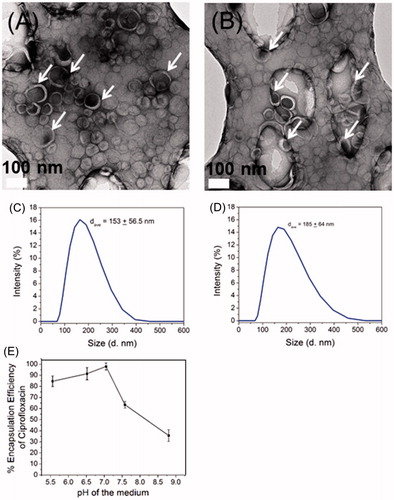
Table 1. Composition, drug/lipid ratio, size (in MQ water and ammonium sulphate buffer), polydispersity index and zeta potential (in MQ water) of ciprofloxacin loaded LTSL, HTSL and PEG-HTSL (n = 3).
Figure 3. Thermoscan assay of ciprofloxacin loaded (A) LTSL (B) HTSL in PBS and FBS, ciprofloxacin release kinetics of LTSL in (A-1) PBS and (A-2) FBS and ciprofloxacin release kinetics of HTSL in (B-1) PBS and (B-2) FBS.
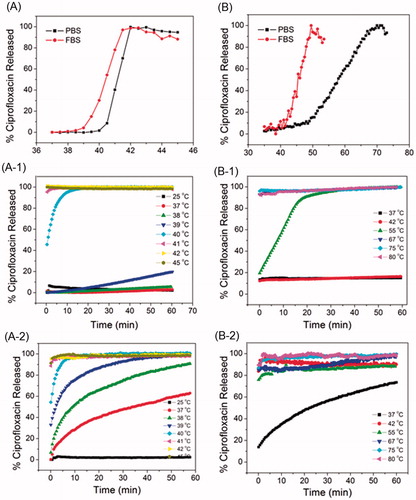
Figure 5. (A) Experimental solenoid coil, (B) ciprofloxacin release vs. time for LTSL and HTSL under 20 W AMF exposure, (C) ciprofloxacin release vs. washer temperature for LTSL and HTSL during AMF exposure (20 W). [A fibre optic temperature sensor (Neoptix Inc., Quebec, Canada) was attached to the top surface of a metal washer using a thermally conductive epoxy (ASTA, Arctic Silver Inc., Visalia, CA).] (D) The bactericidal effect of alternating magnetic field (AMF) exposures on biofilm-associated bacteria associated with a metal washer for cipro-LTSL and cipro-HTSL. This assay demonstrates that the cipro-LTSL and HTSL keeps the antibiotic encapsulated until activated with heat from AMF.
![Figure 5. (A) Experimental solenoid coil, (B) ciprofloxacin release vs. time for LTSL and HTSL under 20 W AMF exposure, (C) ciprofloxacin release vs. washer temperature for LTSL and HTSL during AMF exposure (20 W). [A fibre optic temperature sensor (Neoptix Inc., Quebec, Canada) was attached to the top surface of a metal washer using a thermally conductive epoxy (ASTA, Arctic Silver Inc., Visalia, CA).] (D) The bactericidal effect of alternating magnetic field (AMF) exposures on biofilm-associated bacteria associated with a metal washer for cipro-LTSL and cipro-HTSL. This assay demonstrates that the cipro-LTSL and HTSL keeps the antibiotic encapsulated until activated with heat from AMF.](/cms/asset/af7c024a-227a-4a52-8a72-56cc2b60fdef/ihyt_a_1422028_f0005_c.jpg)
Figure 6. Scanning electron microscopy (SEM) images of the surface of a stainless steel washer showing the influence of both cipro-LTSL and AMF exposures on bacteria and biofilms. (A) a negative control sample – washer with no bacteria, (B) a positive control sample – washer with biofilm but no treatment of cipro-LTSL and AMF exposure, (C) a control sample – washer with biofilm but treatment of cipro-LTSL and no AMF exposure, (D) sample – washer with biofilm with treatment of AMF exposure and (E) sample – washer with biofilm with treatment of both cipro-LTSL and AMF exposure. It was difficult to find any viable bacteria on the washer (E), and aggregates of material were visible on the washer surface. (Arrow indicates bacteria and arrow head indicates cipro-LTSL).
